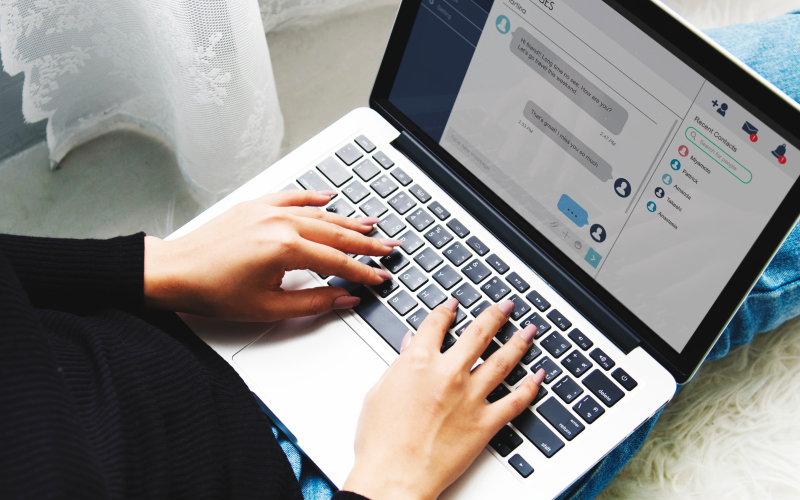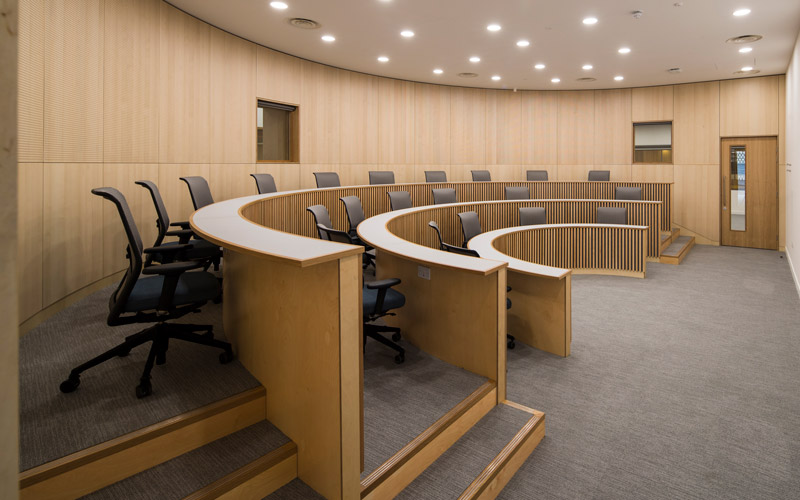How can medical architecture support the hotel & hospitality industry in the (post) COVID era?
26 May 2020
Dr Evangelia Chrysikou draws the link between medical architecture and hospitality services in order to improve patient care.

Covid-19 currently is not just a medical problem. It has affected people and all sectors one way or the other and needs to be managed as a whole event, from the healthcare and public health provision to the socio economic and even psychological effects. During the Coronavirus crisis, hospitality has been one of the worst hit sectors with analysis showing that a return to 2019 levels will take at least 6 years.
From the current coronavirus outbreak, hotel environments need to become flexible, prepare and evolve. Adapting their physical environment, in terms of both space and place, would be one of the steps to support hospitality business move successfully to the next phase sooner. This results from the incredibly strong link between health and built environment. However, such links have been mostly research for environments that people spent prolong amount of time such as cities, homes or workspaces and even educational environments. Very limited consideration has been given to the built environment of hotels in terms of research. This results in a limited understanding of the actual impact of the hospitality environments to health, even in the period just before the pandemic that witnessed a significant growth in hospitality for wellness, medical and silver tourism. Even for areas where we have evidence, such as the air quality of the cruise-ships, the impact in terms of implementation of research to practice remained low.
Medical architecture, the interdisciplinary field that brings together healthcare planning, architecture and public health and the possibilities of cross-fertilisation between the two fields. Back in the early nighties medical architecture employed a hotel-inspired paradigm to improve patient care. This constituted blue sky thinking and it was mainly driven by medical architects opposing to the long established medical and lean models. Yet, it was in line with the then emerging concepts of patient focused care, the importance of wellbeing to healing and holistic healthcare models that supported the contribution of non-clinical disciplines.
Similar, the during and post coronavirus environment for hospitality could have significant gains if it cultivated some of the concepts of healthcare environments. Medical architecture has demonstrated some of the most established built environment research fields, since the fifties, collaborating with environmental psychologists, social scientists and engineers and later bringing to the built environment the medical concept of evidence base. Therefore, it could extend some of its learnings to support hospitality. These could take the form of:
a) implementing some of the principles of medical architecture to support guests physically and mentally especially in the case of those hotels that cater for older people or people with health concerns
b) become part of a potential supply chain that can be multi-purposed for public health benefits during public health crises
c) provide reassurance of safer and more psychosocially supportive environments for everybody, including staff.
It is likely that health, physical & mental, and hygiene oriented cultures might be among the results of the pandemic. In the 80s, medical architects understood that for their field to progress they had to look outside their silo and set up a new paradigm for hospital care. For that purpose, they looked at hospitality for inspiration. This increased the standards of care and enabled them revolutionise the field of hospital architecture by bringing unique patients focused concepts. It is time for hospitality to refer to medical architecture for trust and support.
 Close
Close



